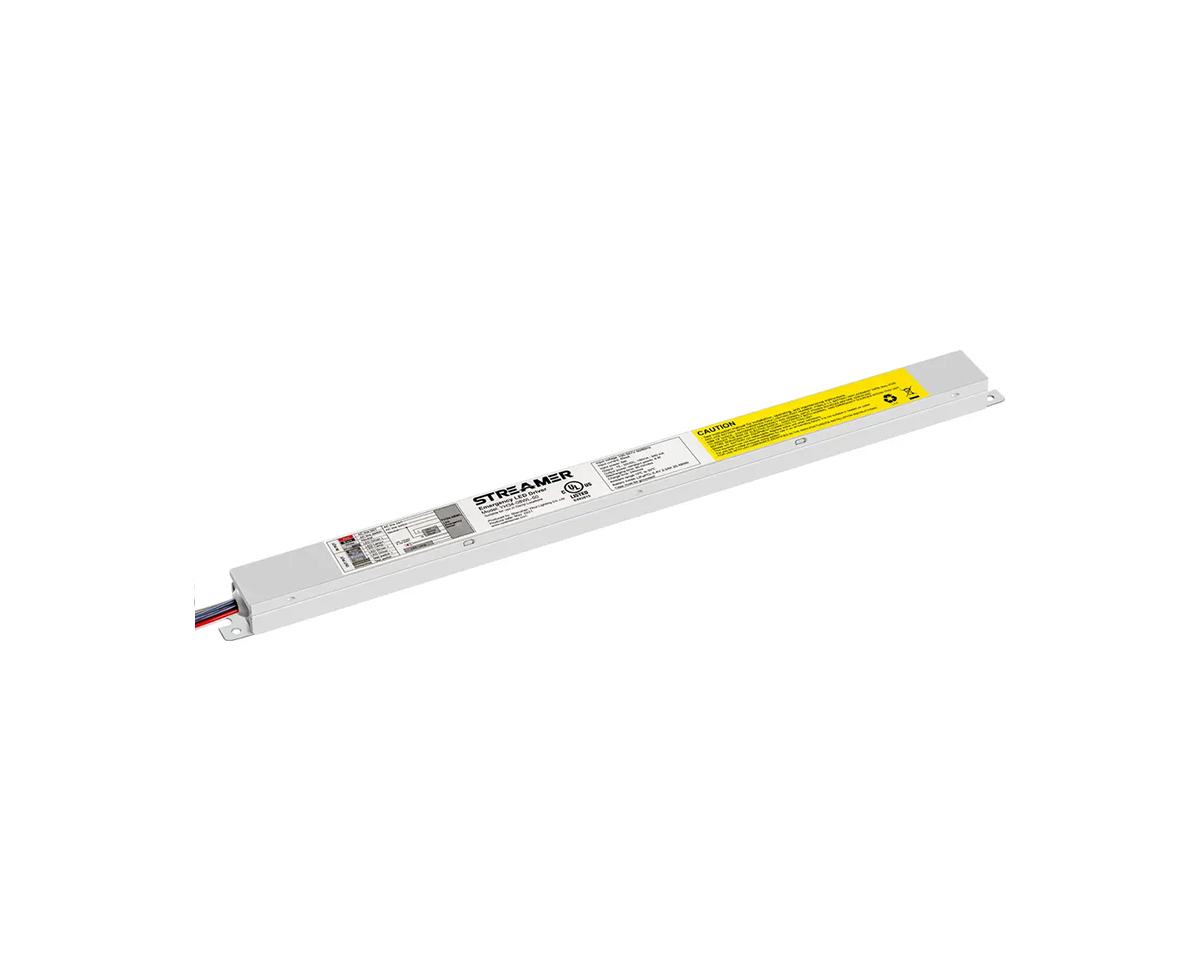 1
1
 Apr 04, 2025
Apr 04, 2025

The output characteristics of LED emergency power supplies play a pivotal role in determining the performance and functionality of LED lighting systems during power outages or emergency situations. These characteristics encompass various aspects, including voltage output, current output, power stability, and waveform quality, all of which are essential for the proper operation of LED lights.
The voltage output of an LED emergency power supply is a critical parameter. LEDs operate within a specific voltage range, and the power supply must be able to deliver a stable voltage within this range to ensure the optimal performance of the lights. Most LED emergency power supplies are designed to provide a constant - voltage output. For example, common LED lighting systems may require a voltage of around 12 volts or 24 volts. The power supply is engineered to maintain this voltage level even when the input power source fluctuates or during the transition from normal power to emergency power mode. This stability is crucial because if the voltage is too high, it can cause the LEDs to overheat and fail prematurely, while a voltage that is too low will result in dim or non - functioning lights.
Current output is another key characteristic. LEDs are current - driven devices, meaning their brightness and lifespan are highly dependent on the amount of current flowing through them. LED emergency power supplies are equipped with current - regulating circuits to ensure a consistent and appropriate current is supplied to the LEDs. These circuits can adjust the current output based on the load requirements of the LED lighting system. For instance, in a large - scale LED lighting installation with multiple LED modules, the power supply will need to distribute the current evenly among all the modules to maintain uniform brightness. Some advanced power supplies also offer adjustable current output settings, allowing users to fine - tune the current based on specific application needs.
Power stability is also an important aspect of the output characteristics. During an emergency, when the power supply switches from the main power source to its internal battery or alternative energy storage, there should be minimal disruption in the power output. A high - quality LED emergency power supply will ensure a seamless transition, maintaining a stable power output to keep the LED lights functioning without flickering or dimming. This stability is achieved through sophisticated control circuits and energy management systems that monitor and regulate the power flow in real - time.
The waveform quality of the output is often overlooked but can have a significant impact on LED performance. A clean and smooth waveform is desirable to prevent electrical interference and ensure the long - term reliability of the LEDs. LED emergency power supplies typically use advanced conversion techniques, such as pulse - width modulation (PWM), to generate a stable and high - quality output waveform. This helps to minimize electromagnetic interference (EMI) and ensures that the LEDs receive a consistent and clean electrical signal, which is essential for their efficient operation and extended lifespan.
Furthermore, some LED emergency power supplies may have additional output features, such as multiple output channels. These channels can be used to power different groups of LED lights independently, providing more flexibility in lighting design and control. For example, in a commercial building, one output channel could be dedicated to emergency exit signs, while another powers the general emergency lighting in hallways and stairwells.
In conclusion, the output characteristics of LED emergency power supplies are diverse and complex, yet they are all integral to the proper functioning of LED lighting systems during emergencies. Understanding these characteristics is crucial for selecting the right power supply for specific applications and ensuring that LED lights can provide reliable and effective illumination when it matters most.